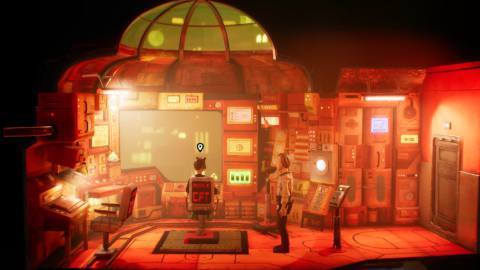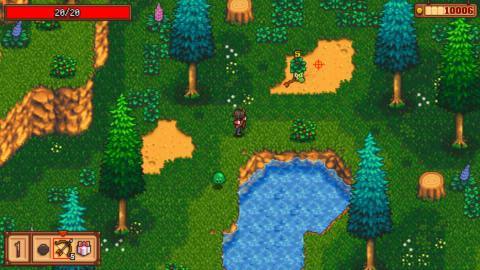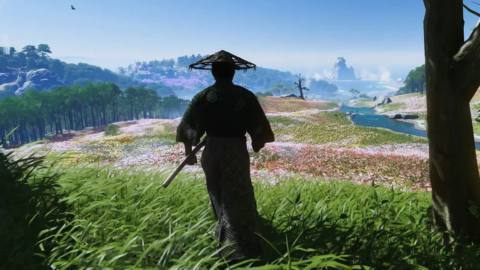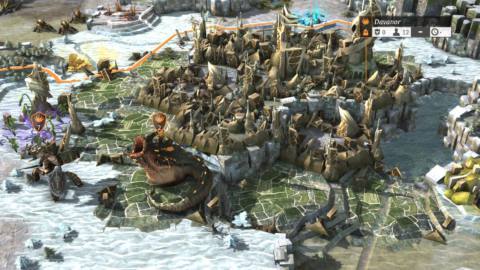
I never love defining one game with another, and not least a game like Harold Halibut, which wears its influences openly – stop-motion, Wallace and Gromit-style Aardman animations, mixed with maybe a bit of Wes Anderson and in all seriousness, Postman Pat – but which also so clearly deserves to be seen as its own thing.
In this case though it’s hard to ignore: the setup for Harold Halibut is very similar to First Contact, arguably the most interesting mission in Starfield (and one itself heavily influenced by a Star Trek: The Next Generation episode called The Neutral Zone), where – spoilers! – you discover a seemingly alien ship lurking in a planet’s orbit, emitting weird garbled noises over the radio. You soon discover this is actually a ship from Earth – only one that’s taken several hundred years to actually get here, leaving it populated by a load of slightly entitled generational descendents of the original explorers, who’s only world is the ship’s interior, and only understanding of humanity that which they can read about in the selected history books and classes they have on board.
As for Harold Halibut, Harold is a lab assistant-cum-janitor on a similarly stranded spaceship that has instead become an underwater enclave, after arriving at a presumed Goldilocks planet that actually turned out to have no inhabitable land. Having set off in the late ’70s and since been totally submerged beneath this new planet’s oceans, though, the ship has become a kind of strange, alternate-universe time capsule, filled with fuzzy CRT monitors, intercoms with wobbly sound, and very specific kinds of little England jobsworths. (Much of Harold Halibut, a narrative adventure game about completing largely mundane tasks as a wider, more existential mystery unfolds, feels like a trip to the local Post Office, where you’re informed you can’t send that letter because you’ve placed your stamp slightly too close to the label. And that’s the wrong kind of envelope.)






